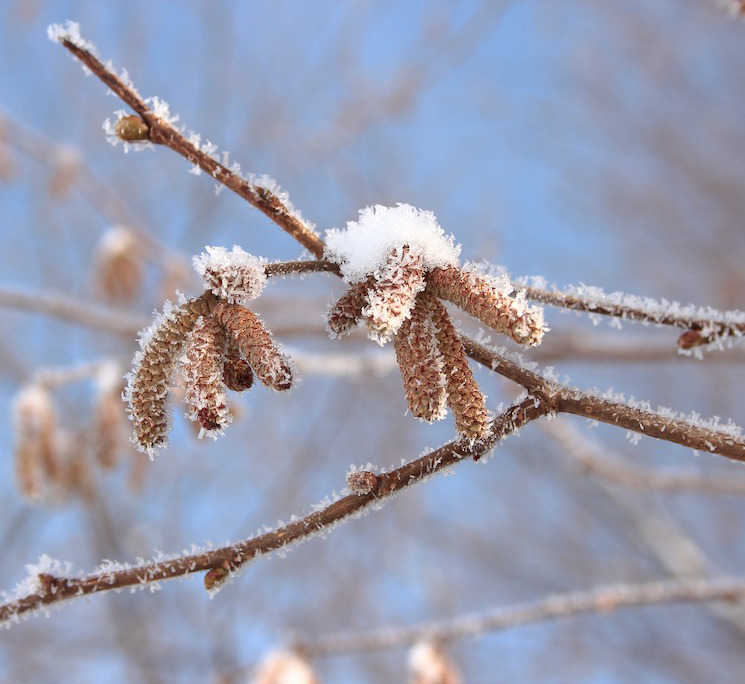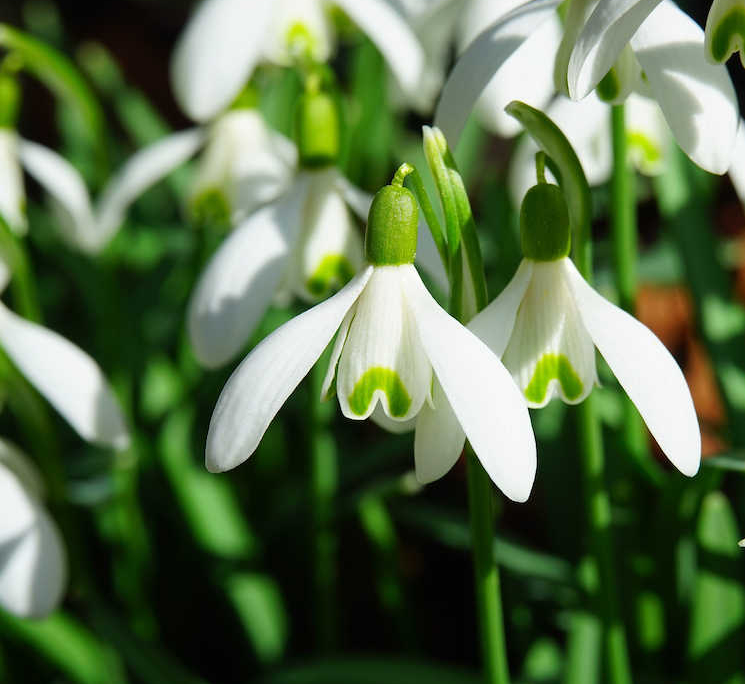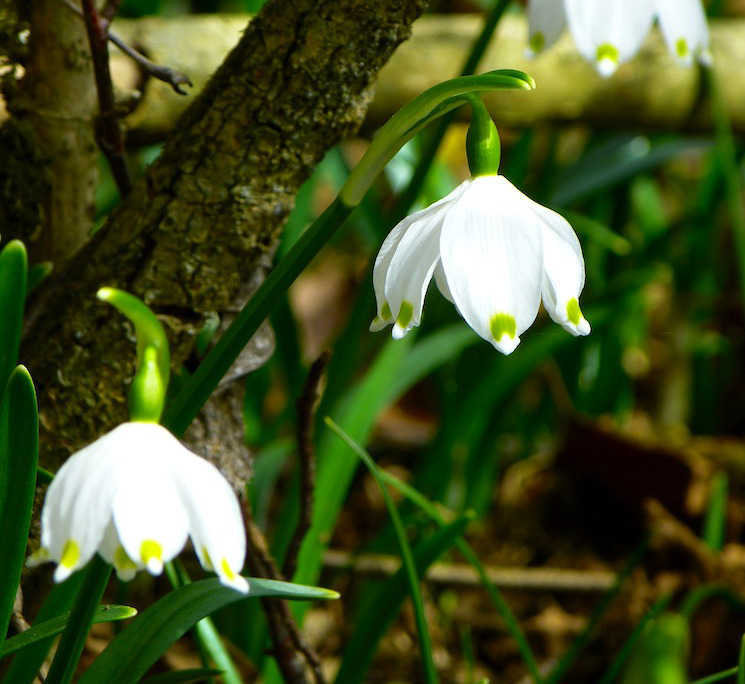What is the earliest flower to bloom?
The phenological early spring officially begins with the flowering of hazel and snowdrops. Exactly when the first species begin to flower varies greatly over the years, and it also depends on the location. High up in the mountains it is far colder than in the lowlands. There have been observations as early as December, but in some places as late as mid-February. In any case, the use of Flora Incognita is recommended right from the start of flowering: with every plant identification you contribute to the monitoring of biodiversity! (But only if you have shared your location) – So it is worthwhile to continue photographing early bloomers every year, even if you already know the species.
- hazel
- snowdrops
- spring snowflakes
- winter aconite
What is already flowering in January?
Common Hazel – Corylus avellana
This deciduous shrub is very common in Central Europe. It is best known for its fruits – the hazelnuts. But people with allergies also often have to deal with the plant – and especially its flowers. A hazelnut bush has female and male inflorescences. The male inflorescence forms so-called catkins, each of which contains about 2 million pollen grains.
Snowdrop – Galanthus nivalis
The snowdrop is one of the first plants to flower at the beginning of the new year and therefore an important indicator of the start of early spring. As bulbs, they remain in the ground all year round, and many places where snowdrops are found are simply stray cultivars. Did you know that the white colour of the petals comes from the countless tiny air bubbles between the individual cells? This is also the reason for the special shine of the outer petals.
Spring snowflake – Leucojum vernum
At first glance it is easy to confuse it with the snowdrop, but there are clear differences: with the snowflake – all six petals are the same length, and they usually have a green spot at their tip. In January, their leaves often stick out of the snow – but the flowering starts later than that of the snowdrop. Spring snowflakes can be found in the wild, particularly at higher altitudes. If you see a variety with yellow spots, it is probably a special (Kapartian) subspecies: Leucojum vernum var. carpathicum – and thus quite likely a garden escape.
Winter aconite – Eranthis hyemalis
The southern European winter aconite is a naturalised neophyte, meaning a plant that only settled in the respective region after the year 1492 AD. In many gardens, the winter aconite is the first splash of yellow colour in the year. It does not overwinter with a bulb like the snowdrop, but with a root bulb in the ground. Only after 3 or more years a winter aconite flowers for the first time – and then only in sunshine. In cloudy weather and at night the flower remains closed.
This article was displayed as a story in the Flora Incognita app in winter 2022/23. In the app you can always find exciting information about plants, ecology, species knowledge, as well as tips and tricks for plant identification. Check it out!





